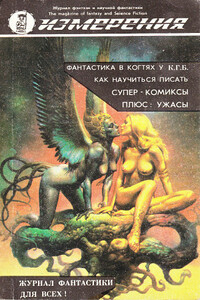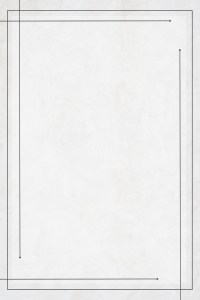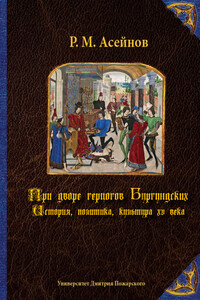Красота и мозг | страница 47
Литература и примечания
1. Tinbergen N. (1963). The study of instinct. Oxford University Press, London.
2. Gregory R.L. (1966). Eye and brain. Weidenfeld and Nicolson, London.
3. Hochberg J.E. (1964). Perception. Prentice Hall. Englewood Cliffs, N.J.
4. Gombrich Е.Н. (1979). The sense of order. A study of the psychology of decorative art. Phaidon, Oxford.
5. Schuster M., Beisl H. (1978). Kunst-Psychologie «Wodurch Kunstwerke wirken». Du Mont, Koln.
6. Lawlor R. (1982). Sacred geometry. Thames and Hudson, New York.
7. Ertel S. (1981). Wahrnehmung und Gesellschaft. Pragnanz in Wahrnehmung und Bewusstsein. Semiotik, 3: 107, 41.
8. Werlheimer M. (1927). Gestaltpsychologie. In: Saupe E. (ed.). Einfuhrung in die neuere Psychologie. A.W. Zickfeldt, Osterwieck am Harz.
9. Sander F. (1931). Gestaltpsychologie und Kunsttheorie. Ein Beitrag zur Psychologieder Architektur. Neue Psychol. Studien, 8: 311–333.
10. Frank H. (1960). Uber grundlegende Satze der Informationsasthetik. Grundlagen-studien aus Kybernetik und Geisteswissenschaft, 1: 25–32.
11. Metzger W. (1936). Gesetze des Sehens. Suhrkamp, Frankfurt/Main.
12. Dorner D., Vehrs W. (1975). Asthetische Befriedigung und Unbestimmtheitsreduction, Psychol. Rev., 37: 321–334.
13. Hospers J. (1969). Introductory readings in aesthetics. The Free Press, New York.
14. Forrest D. W. (1974). Francis Gallon, the life and work of a Victorian genius, PaulEiek, London.
15. Nguyen-Glausen A. (1987). Ausdruck und Beeinflussbarkeit der kindlichen Bildnerei. In: von Hohenzollern J.Prinz, Liedtke M. (eds.) Vom Kritzein zur Kunst, JuliusKlinghardt, Bad Heilbrunn.
16. Rensch B. (1957). Asthetische Faktoren bei Farbund Formbevorzugungen von Affen. Z.Tierpsychol.,14:71–99.
17. Rensch В. (1958). Die Wirksarnkeit asthetischer Faktoren bei Wirbeltieren. Z.Tierpsychol., 15: 447–461.
18. Morris D. (1962). The biology of art. Methuen, London.
19. Ethology-objective research of human and animal behavior from a biologicalstandpoint, especially considering species-specific adaption and the evolution of behavior.
20. Tinbergen N. (1951). The study of instinct. Oxford University Press, London.
21. Lorenz K. (1943). Die angeborenen Formen moglicher Erfahrung. Z. Tierpsychol., 5:
22. Simner M. L. (1971). Newbom’s response to the cry of another infant. Developmental Psychology, 5:136–150.
23. Koenig 0. (1975). Urmotiv Auge. Neuentdeckte Grundzuge menschlichen Verbaltens. Piper, Miinchen.




